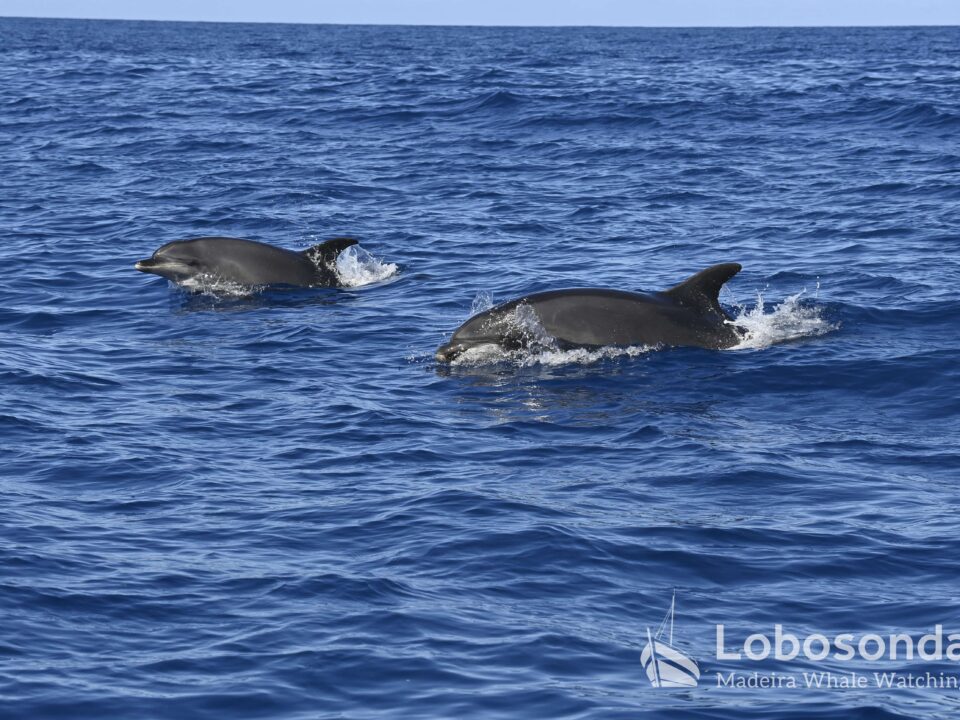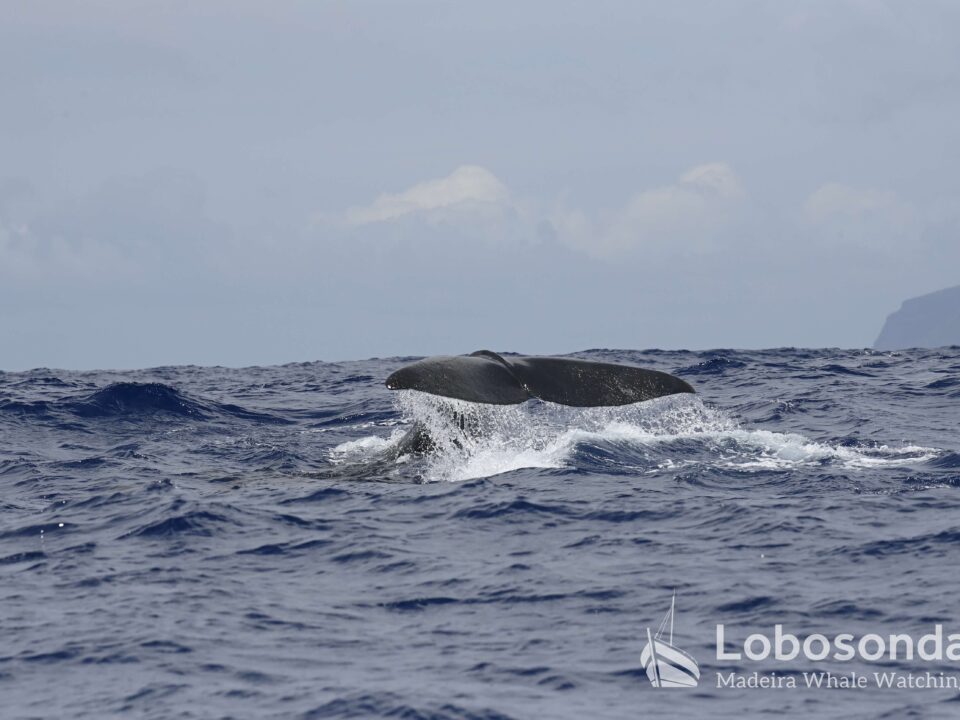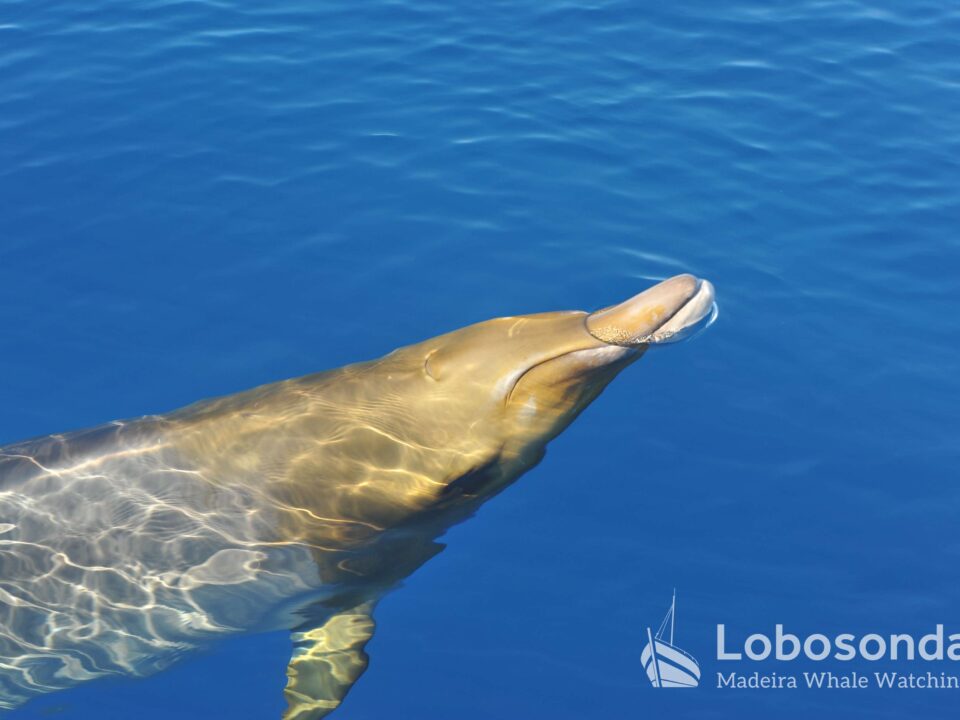
18.07.2024 – Who are you?
July 26, 2024
20.07.2024 – “Driving” Dolphin Design
July 28, 2024The morning started with Blainville’s beaked whales (Mesoplodon densirostris), Bottlenose dolphins (Tursiops truncatus), Atlantic spotted dolphins (Stenella frontalis) and a Humpback whale.
Humpback whales, also known as Megaptera novaeangliae, are fascinating marine mammals that have become famous for their impressive songs and acrobatic leaps.
The scientific name of the Humpback whale, Megaptera novaeangliae, is made up of Greek and Latin words. ‘Megaptera’ comes from the Greek and means “large wing”, which refers to the exceptionally long pectoral fins of the Humpback whale, which make up around a third of its body length. These fins are a characteristic feature and give it a unique appearance. The second part of the name, ‘novaeangliae’, is Latin and means ‘from New England’. This refers to the region where the species was first scientifically described. The name Megaptera novaeangliae thus reflects both the striking physical characteristic of the whale and its geographical reference point.
The flippers of Humpback whales, also known as pectoral fins, are notable for their great length, which can be up to a third of the whale’s body length. These flippers are equipped with unique knobbly protrusions called tubercles, which help to optimise water flow and improve manoeuvrability. Humpback whales skilfully use their flippers to perform complex manoeuvres when hunting prey fish. By quickly moving their flippers, they can create eddies in the water that bring schools of fish together. The flippers also play an important role in the communication and social behaviour of whales, such as mating. The flippers are not only functional but also aesthetically impressive, often colonised by parasites such as barnacles and barnacles, which give them a unique appearance. Thanks to their extraordinary flippers, humpback whales are able to perform acrobatic leaps and impressive dives that make them the most charismatic inhabitants of the oceans. In the Atlantic, these enormous flippers are white, while in the Pacific they are black in colour.
Humpback whales are great migrators and cover thousands of kilometres every year. They spend the summer in cold, nutrient-rich waters, such as those around Antarctica, where they feed extensively on krill and small fish. In winter, they migrate to warmer, tropical waters to mate and give birth to their young. These migration patterns are impressive and show the enormous endurance and adaptability of these animals.
On the midday tour, there were Atlantic spotted dolphins, which performed a number of advertising jumps. Afterwards there was a great show from the Striped dolphins (Stenella coeruleoalba). In one picture, you can see a remora fish on the right side of its body.
In the evening there were wonderful Rough-toothed dolphins, Confetti dolphins (Striped dolphins) that put on a real show and a couple of Atlantic spotted dolphins with a small calf in their midst.
It was a wonderful day at sea!!
by Fatima Kutzschbach
Sightings of the day
Ribeira Brava
09:30 Blainville’s beaked whales, Bottlenose dolphins
13:30 Atlantic spotted dolphins
Stenella
09:30 Blainville’s beaked whales, Bottlenose dolphins, Atlanic spotted dolphins, Humpback whale
14:00 Atlantic spotted dolphins
17:00 Rough-tooted dolphins, Striped dolphins, Atlantic spotted dolphins






















